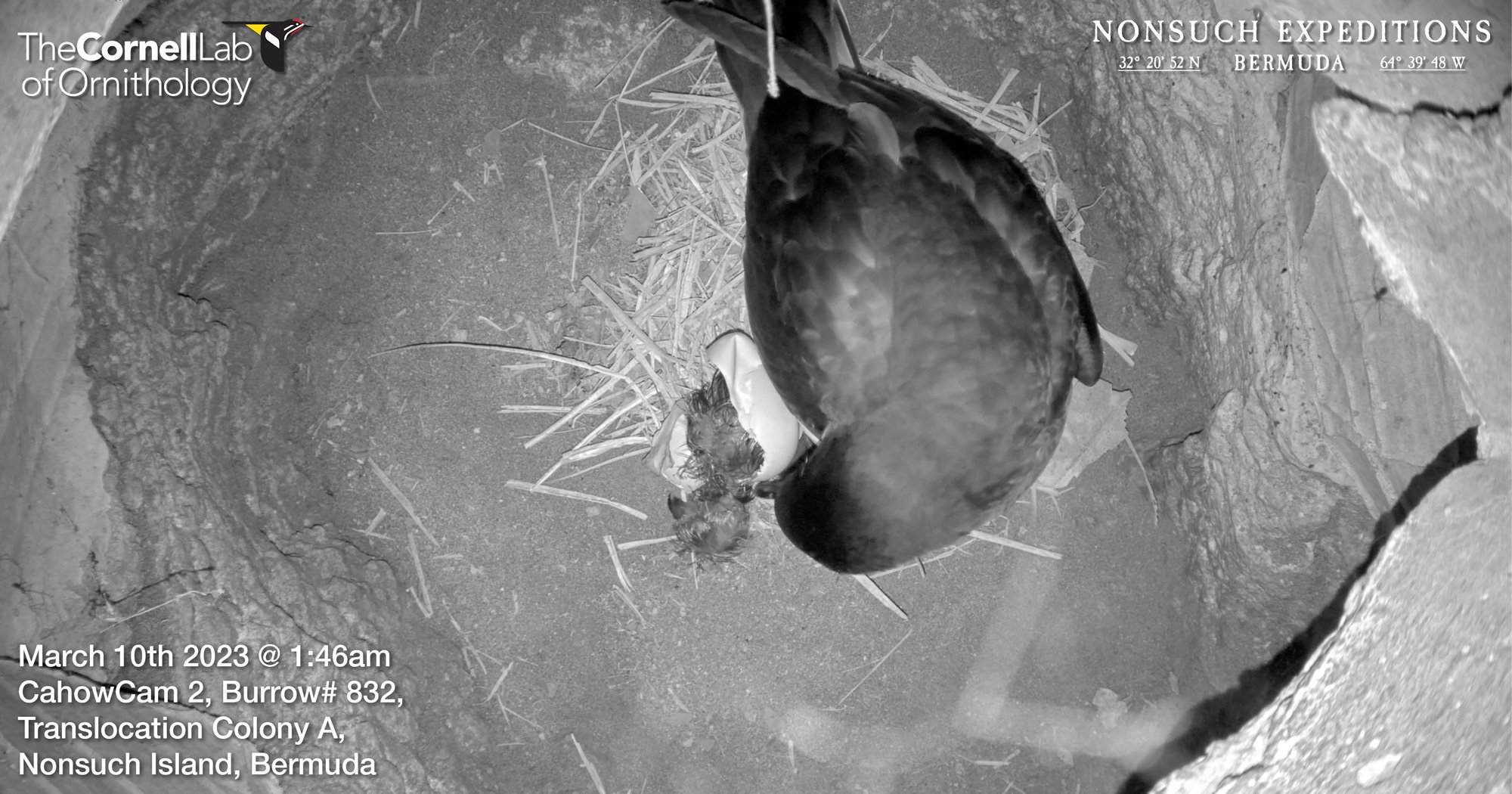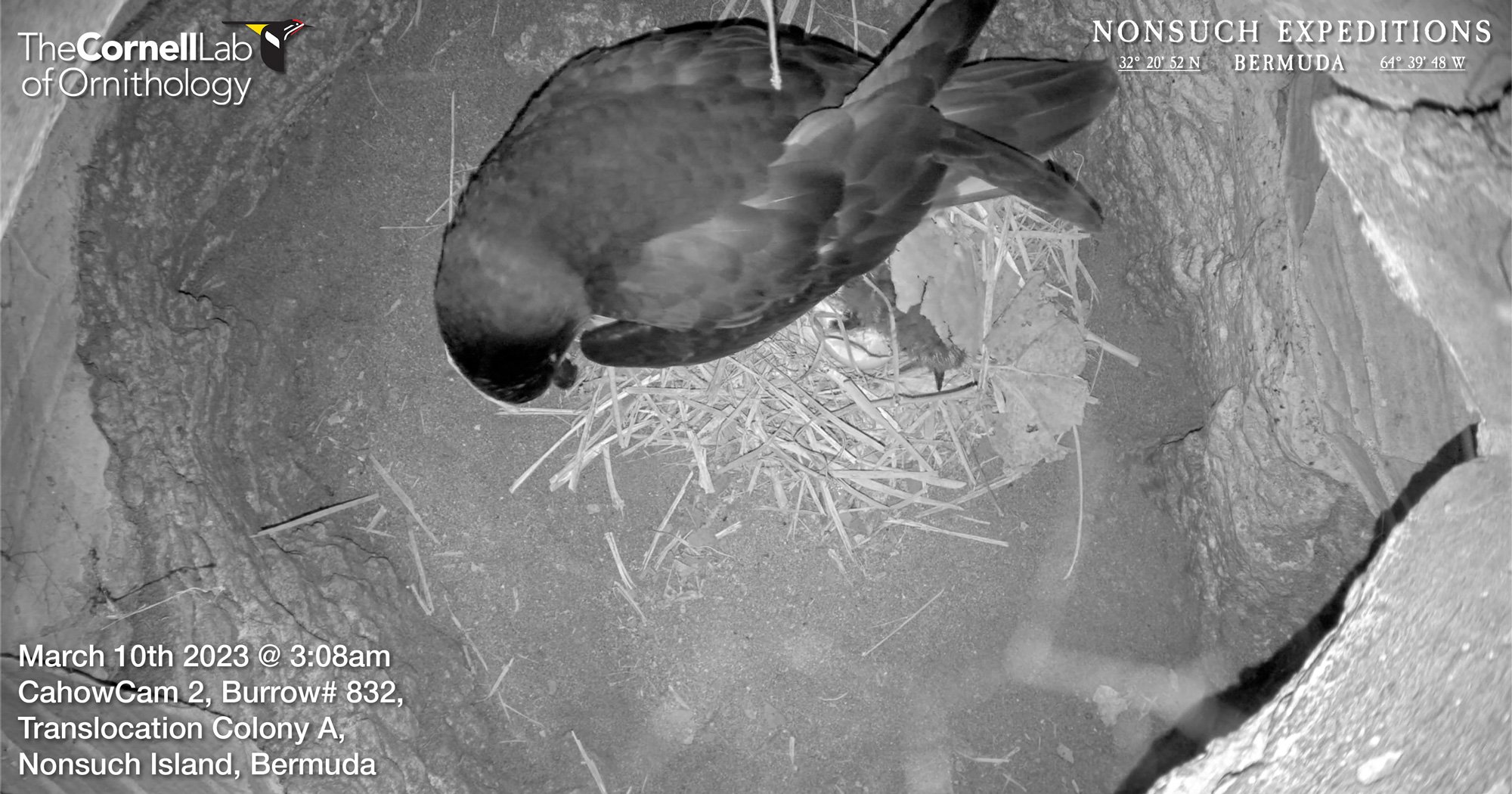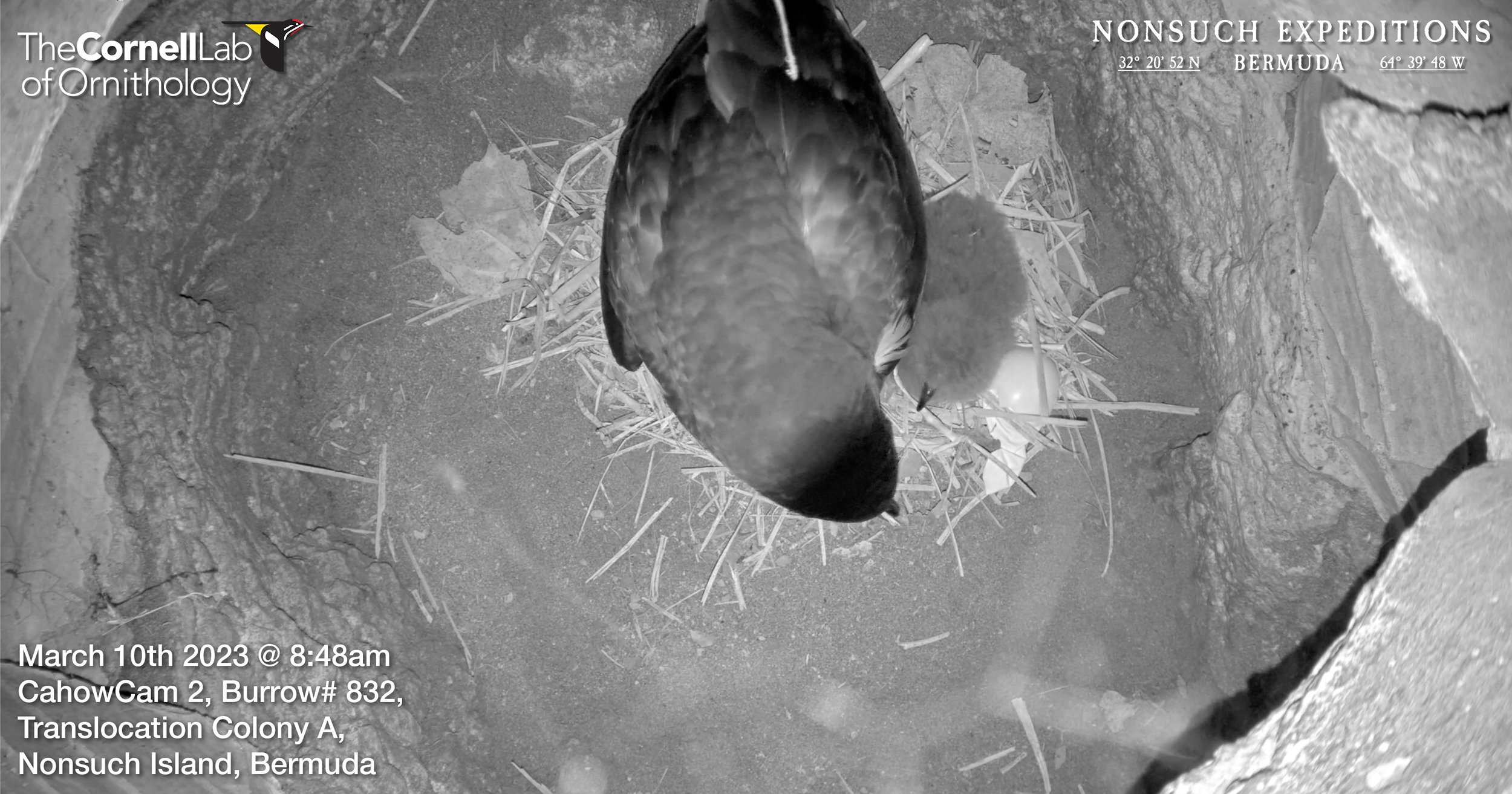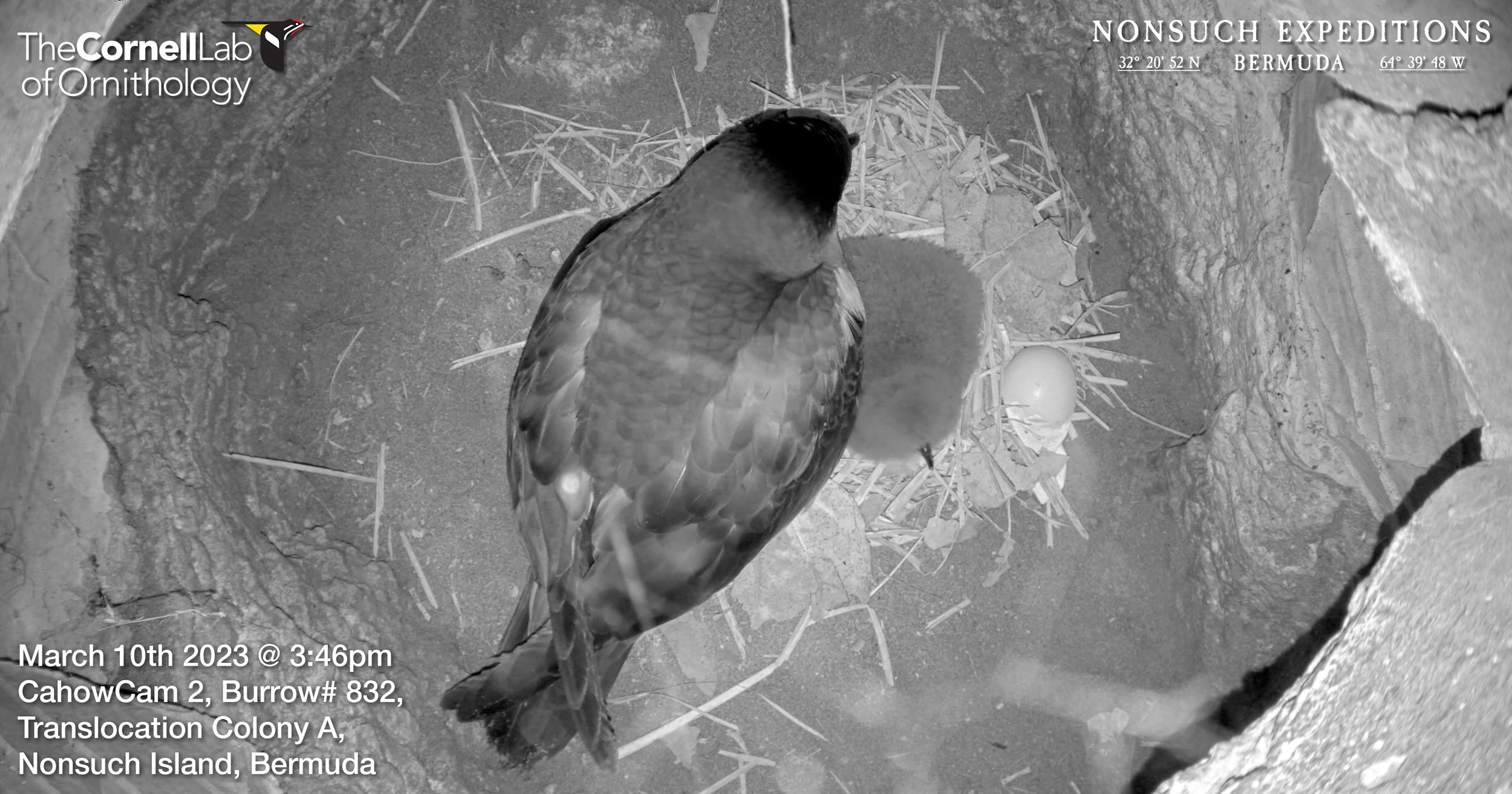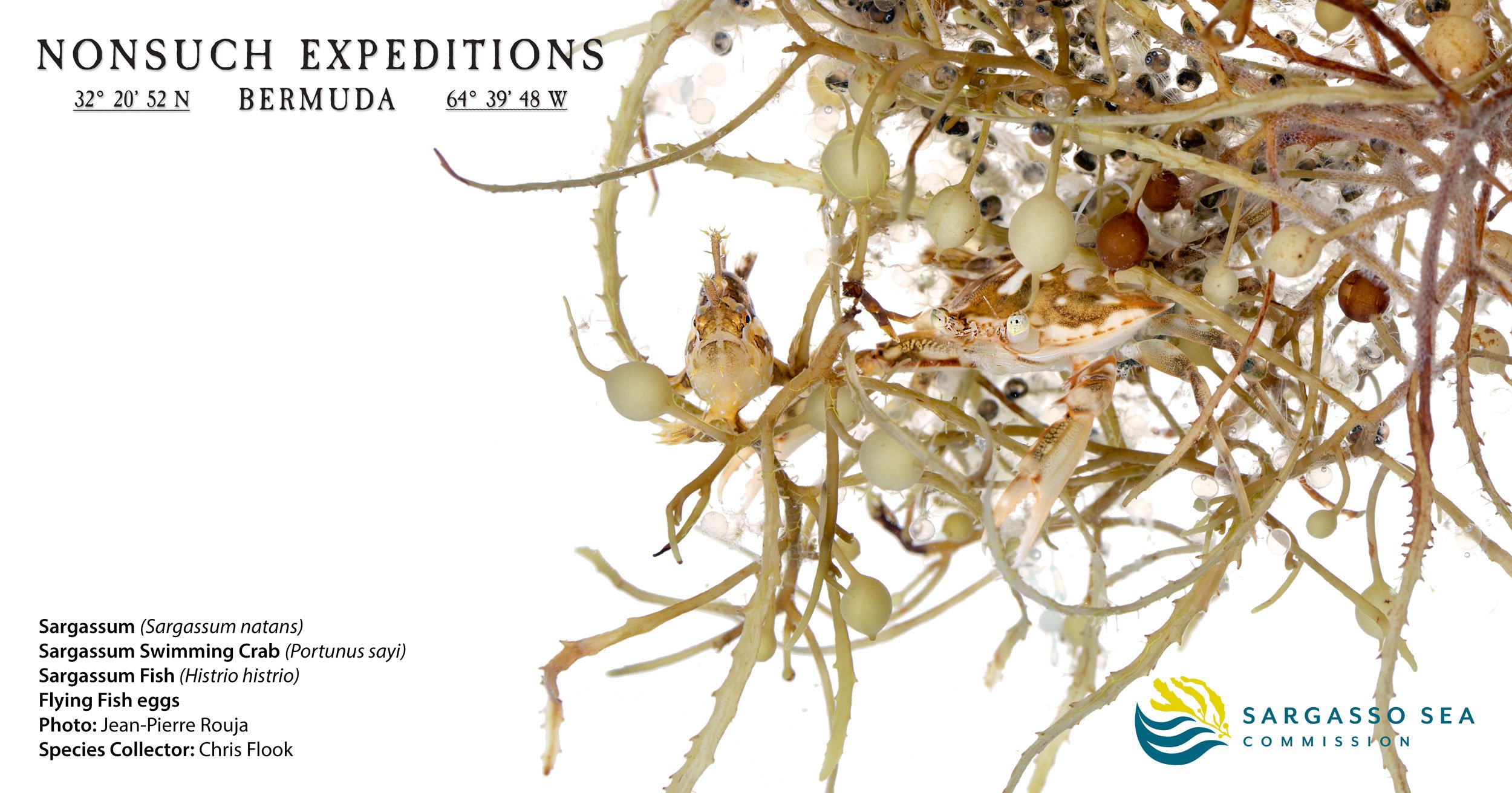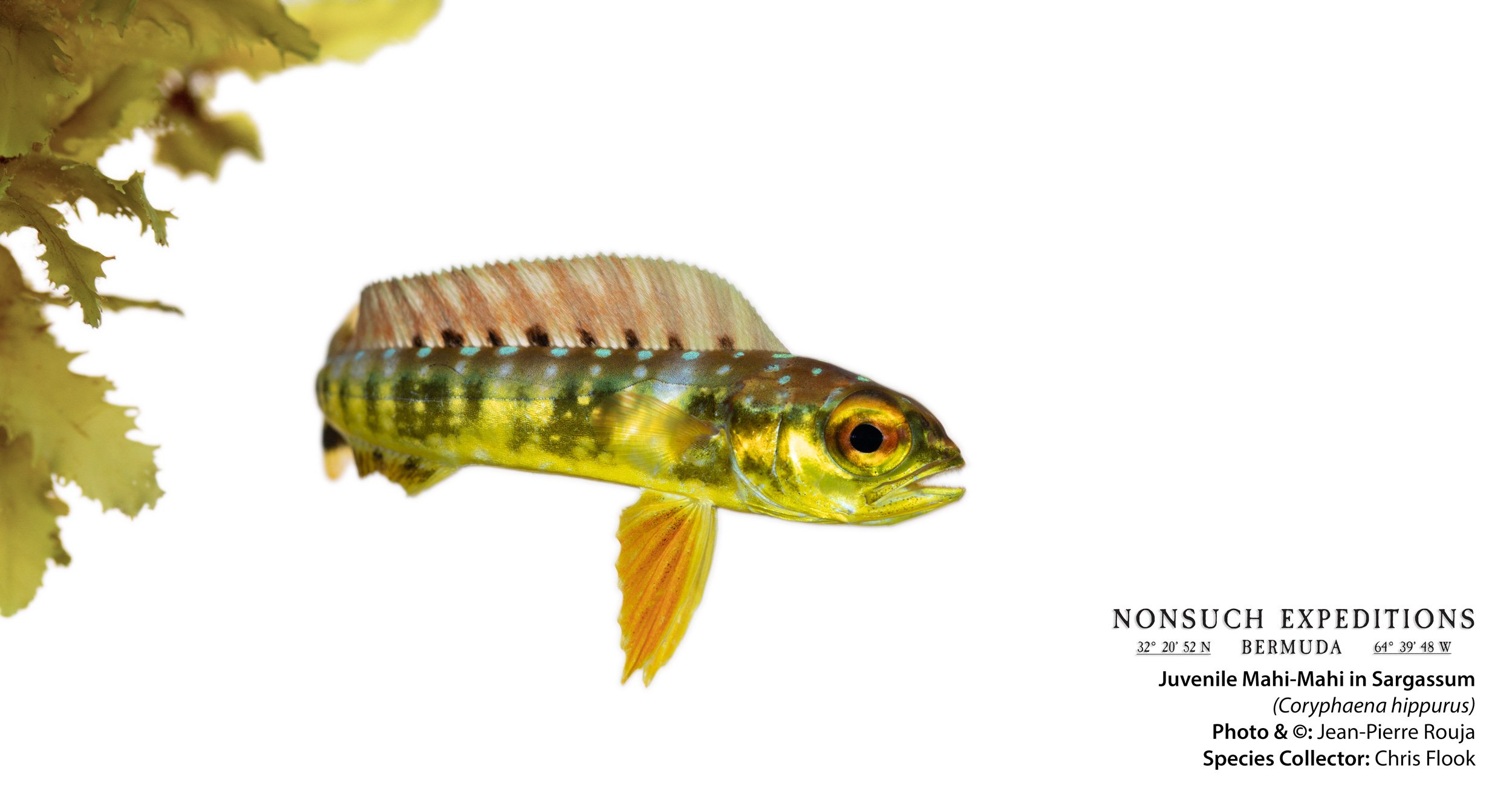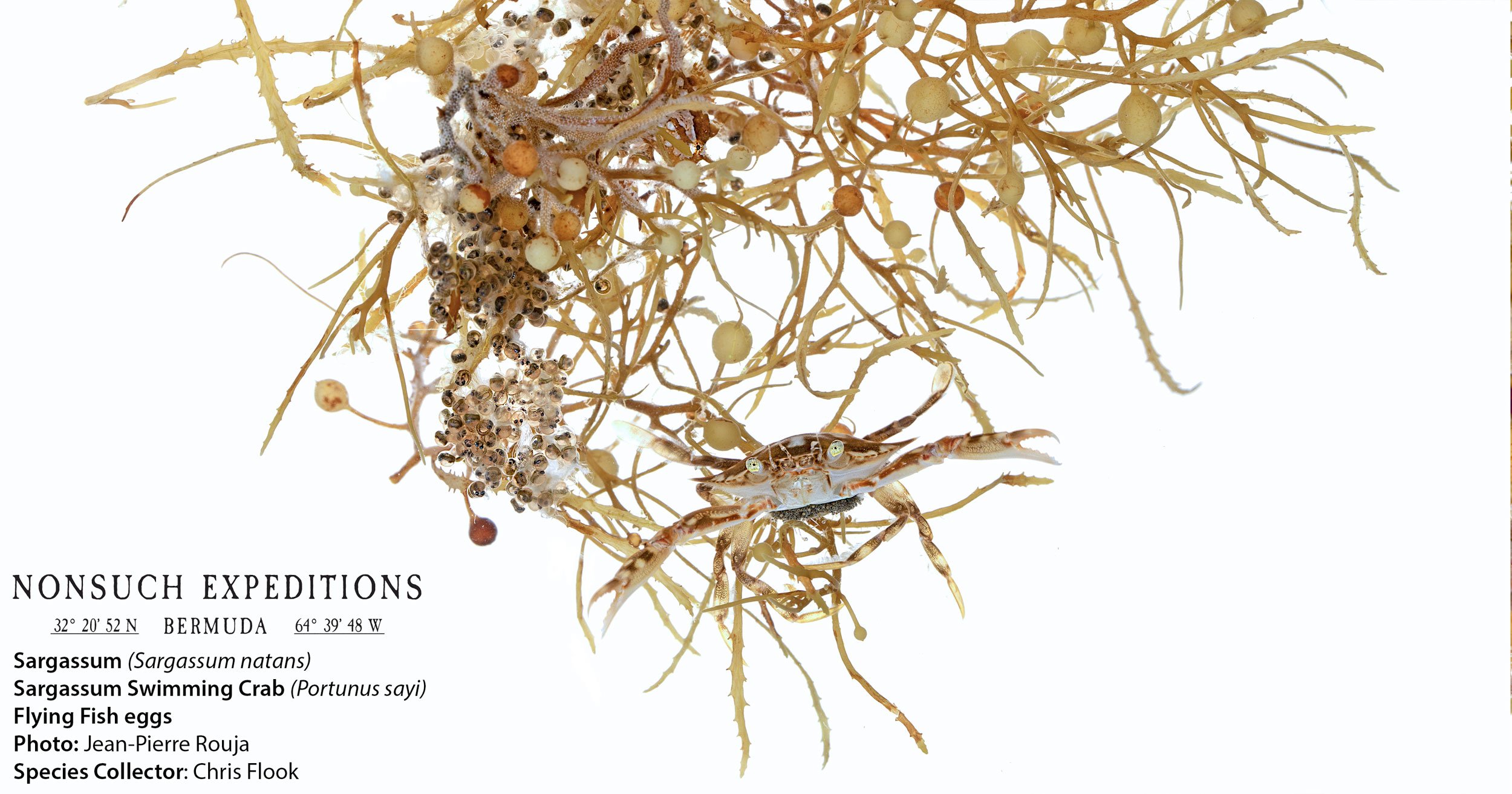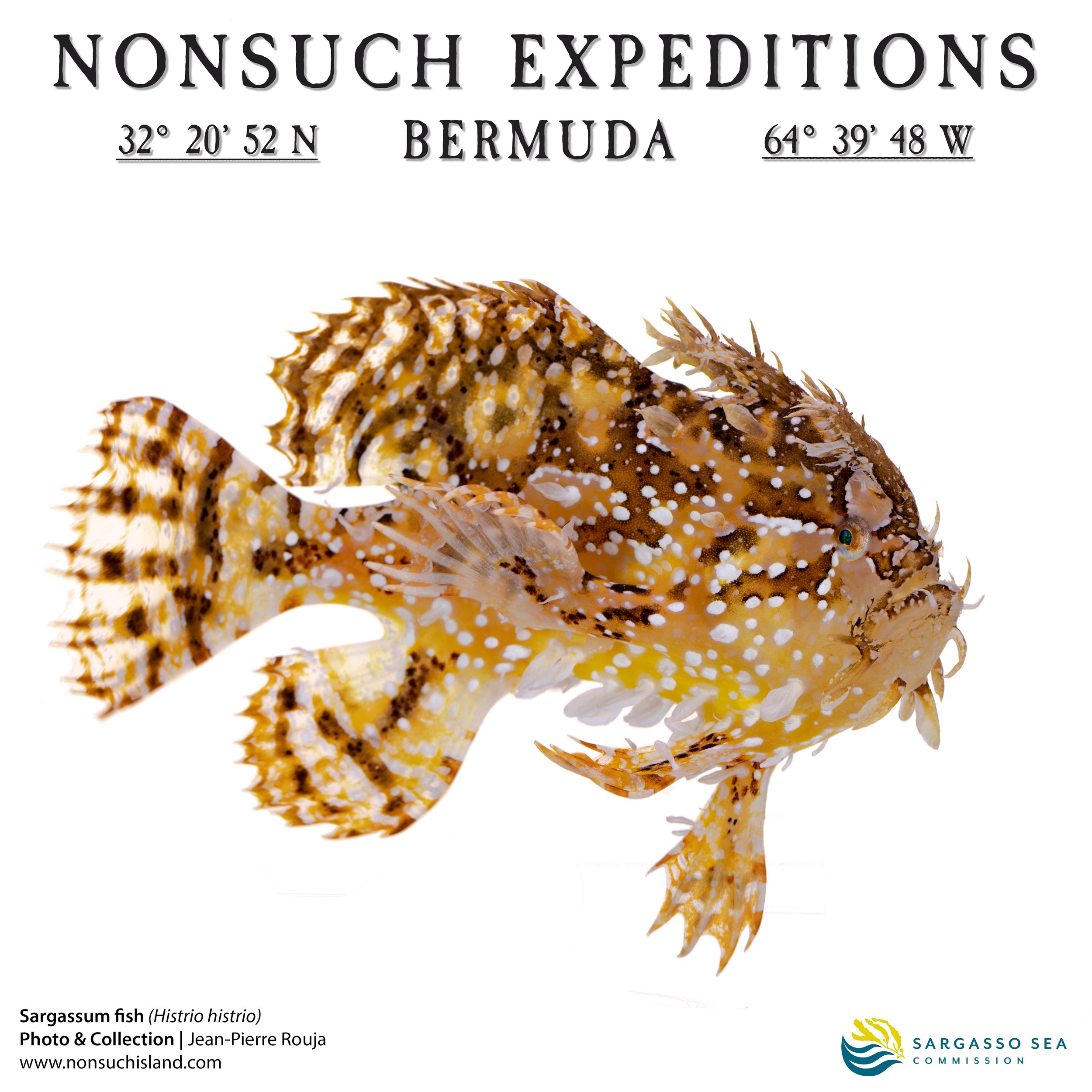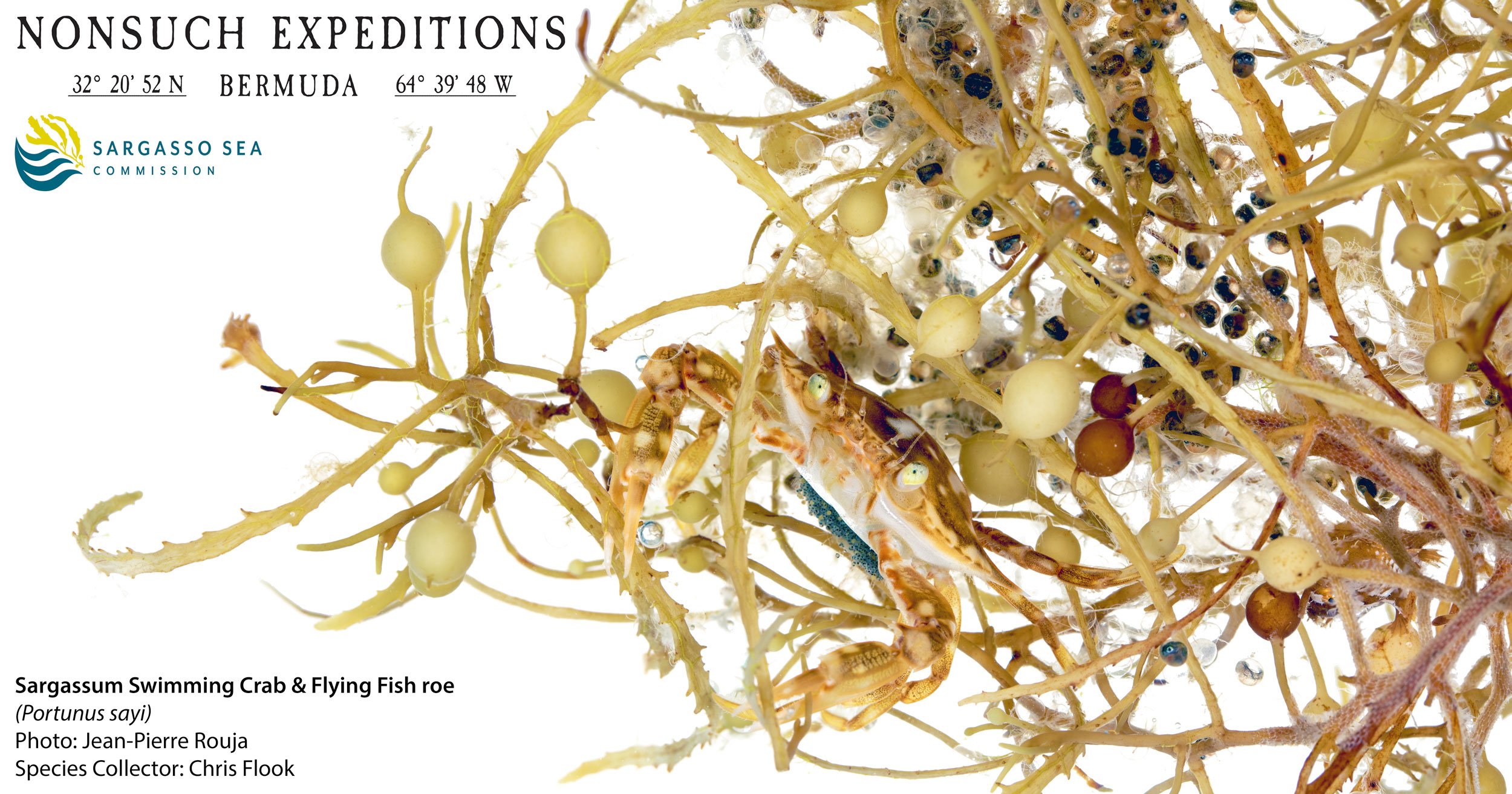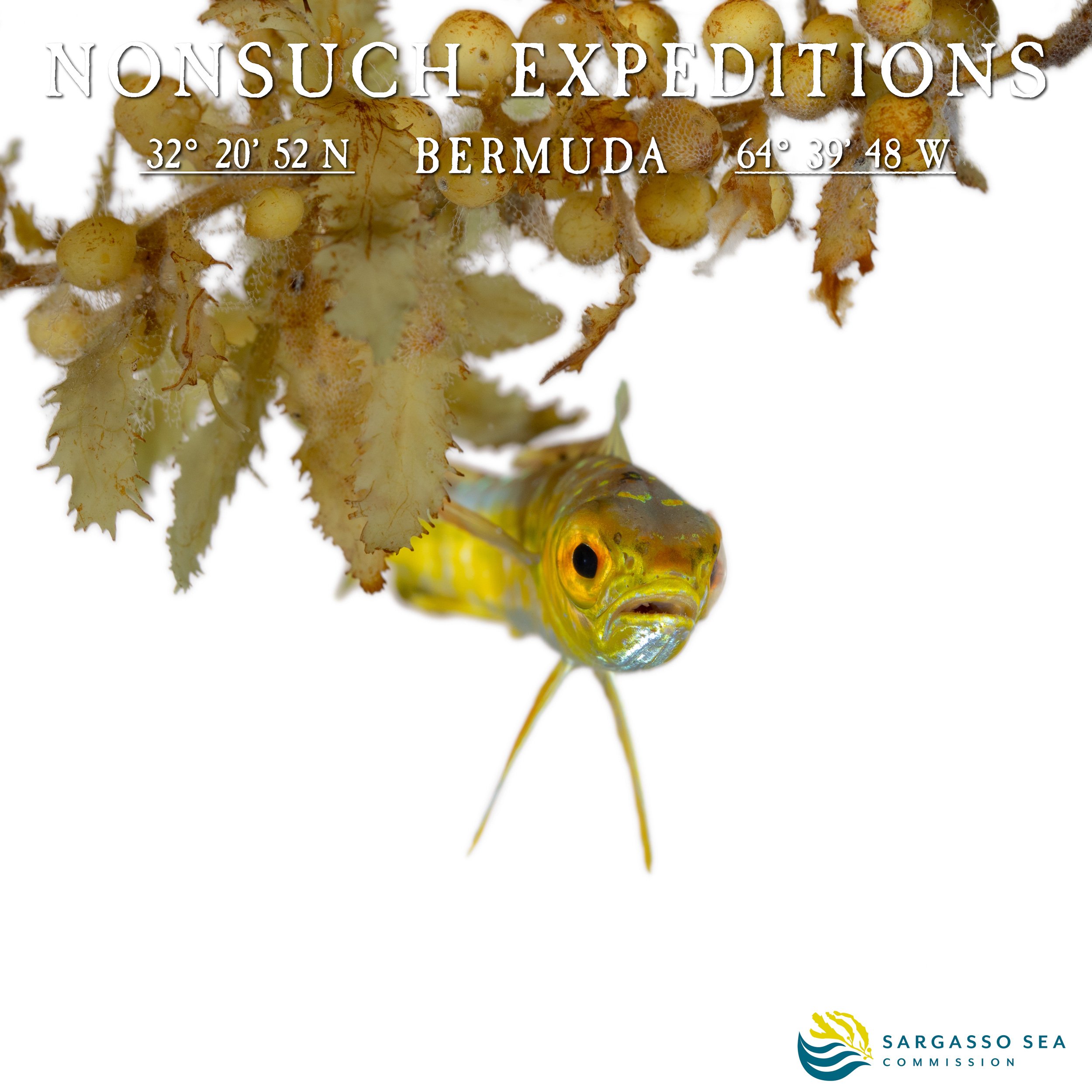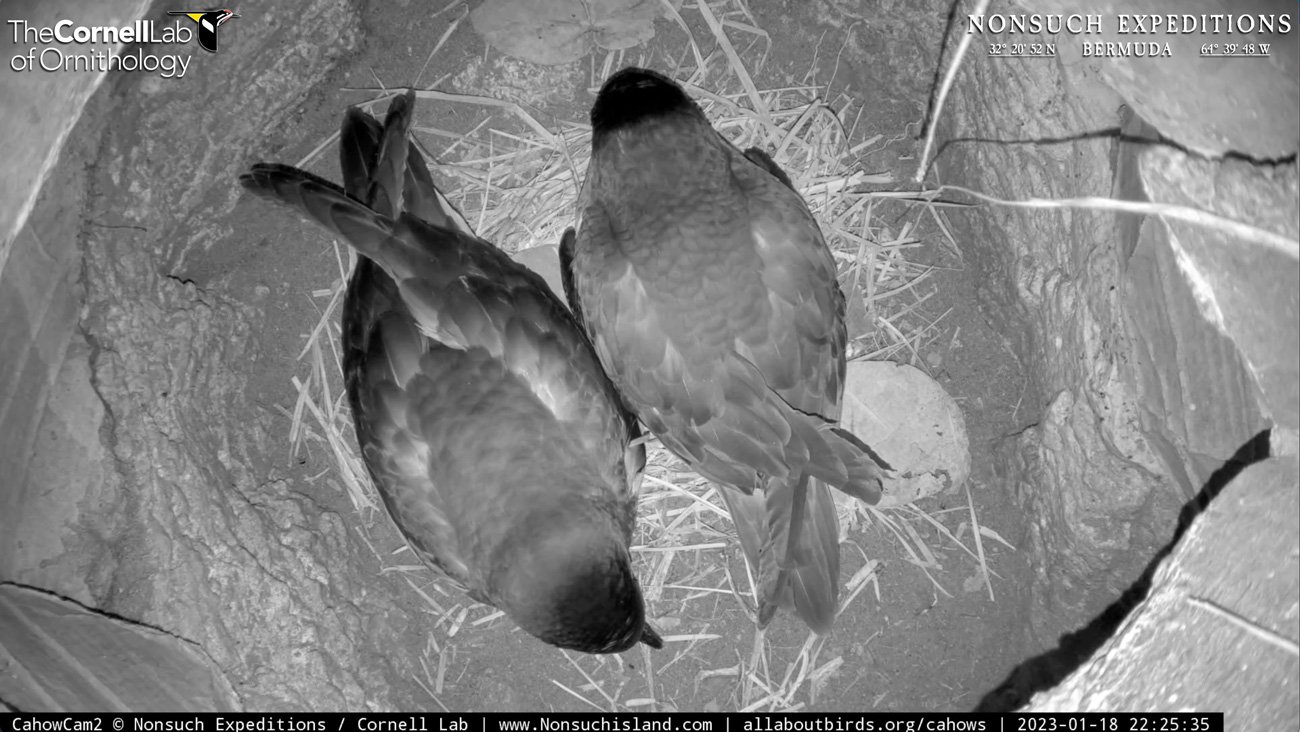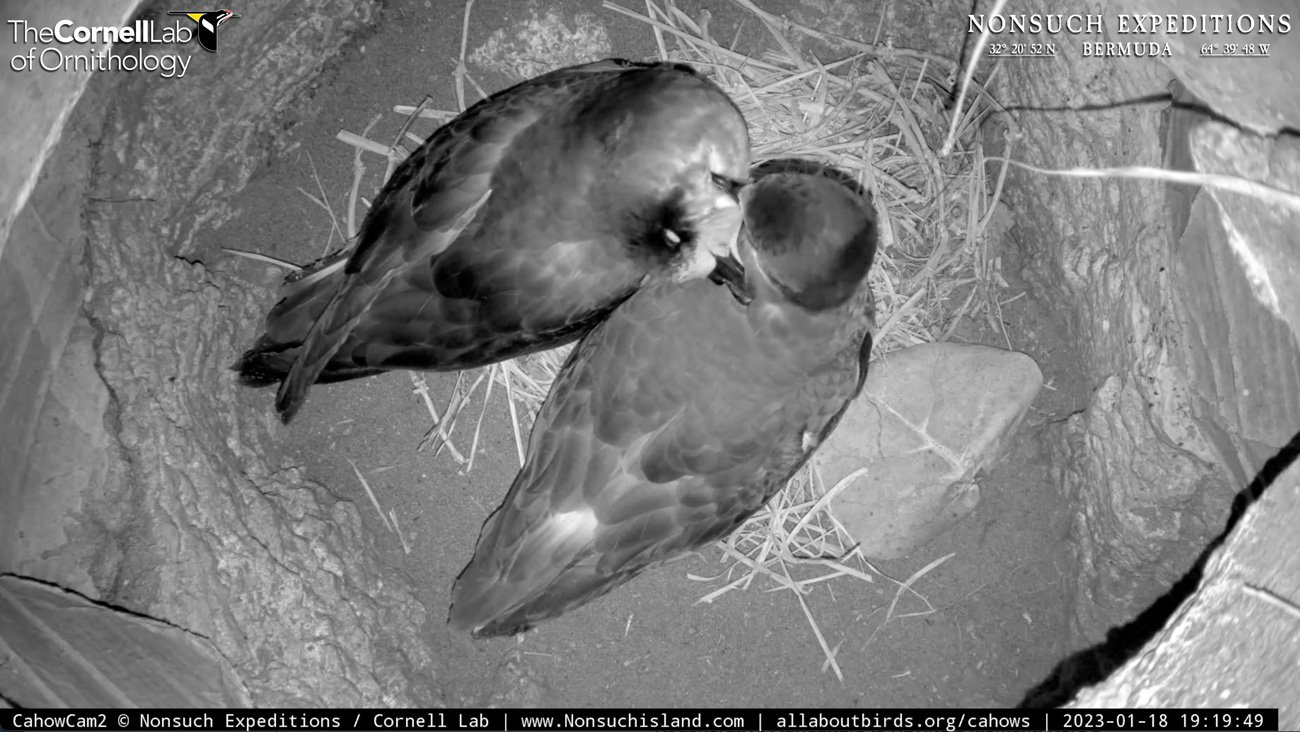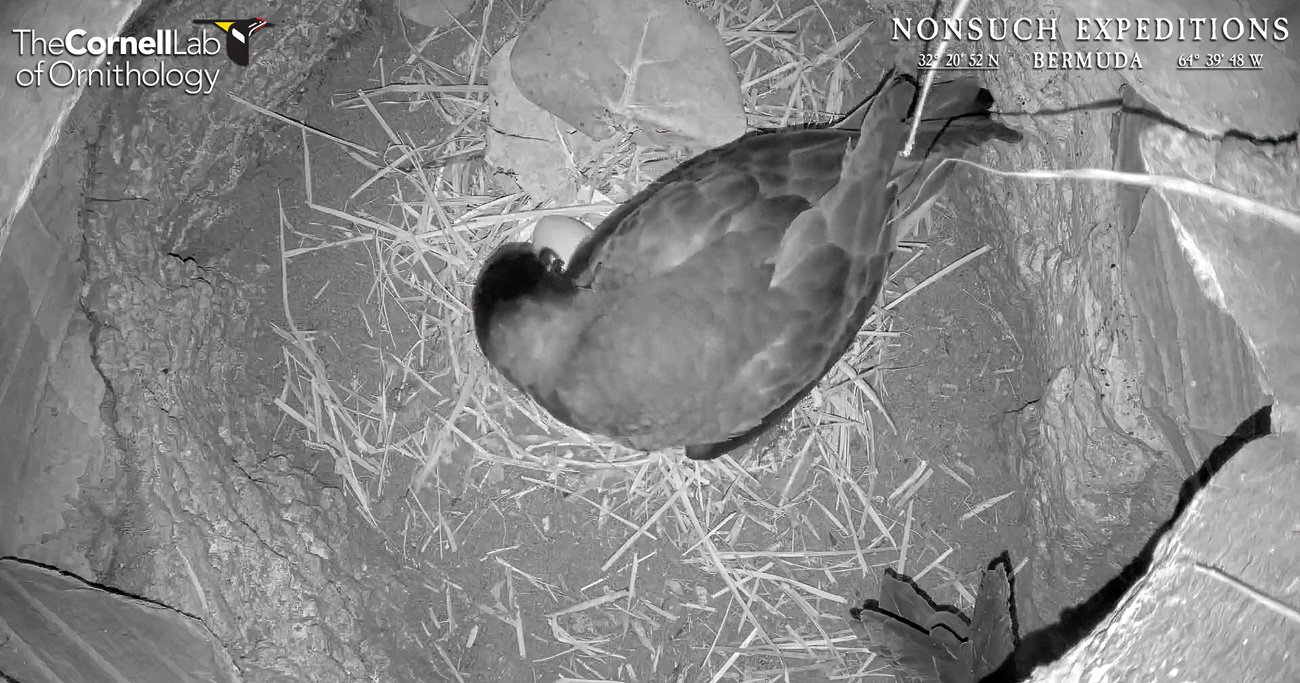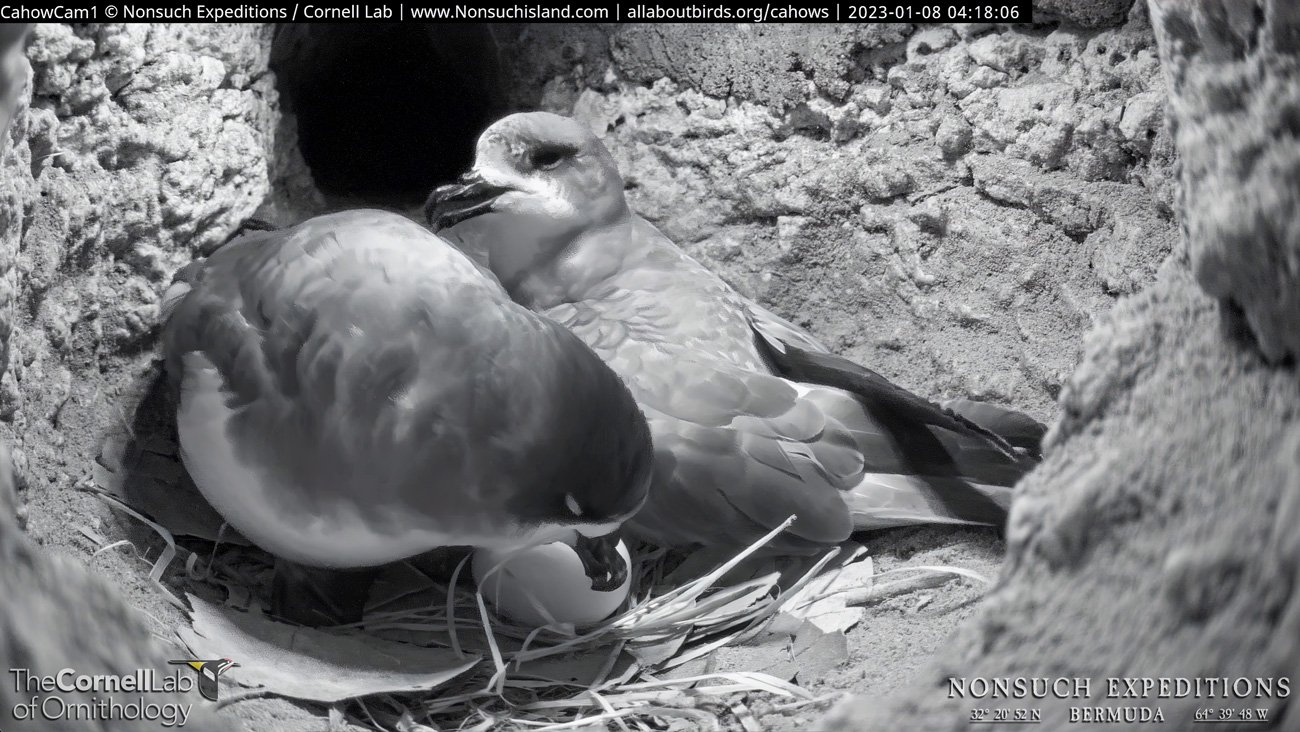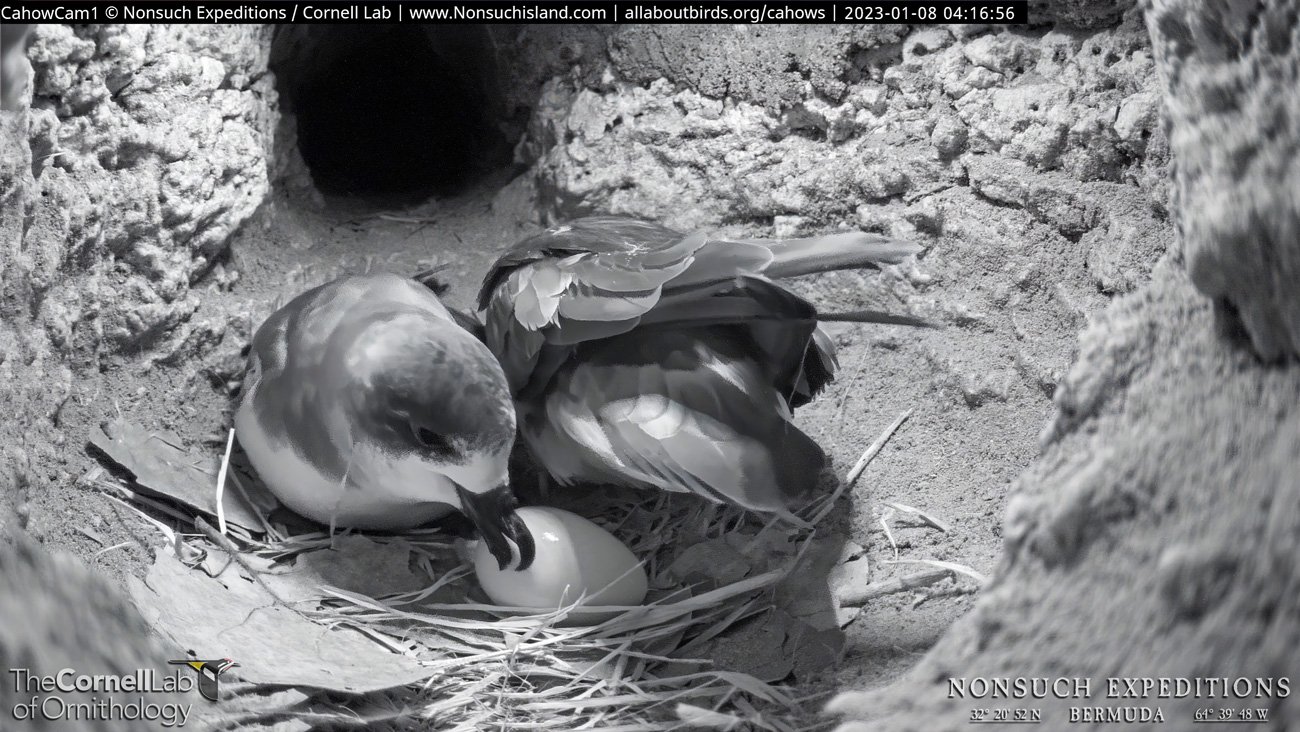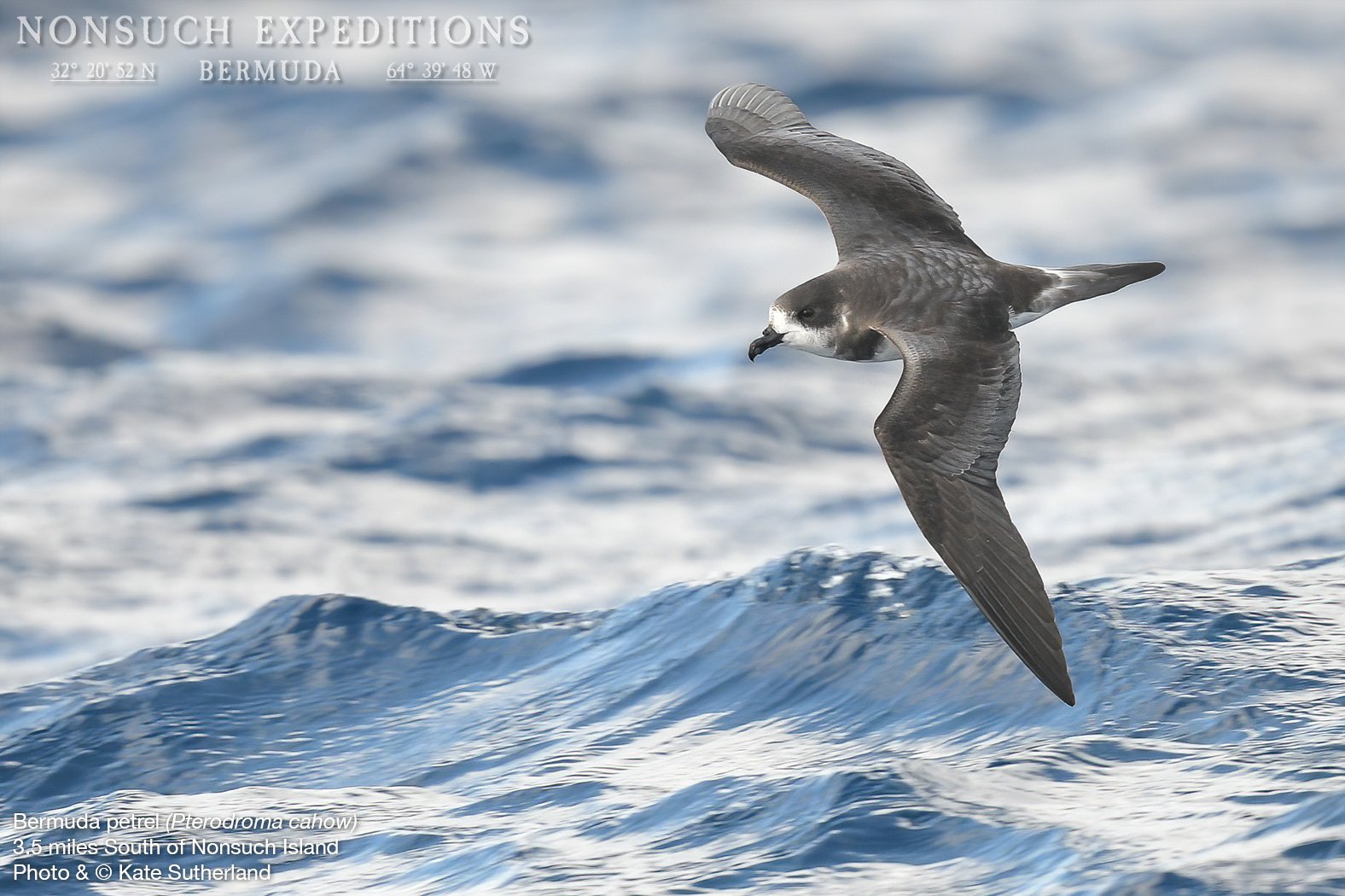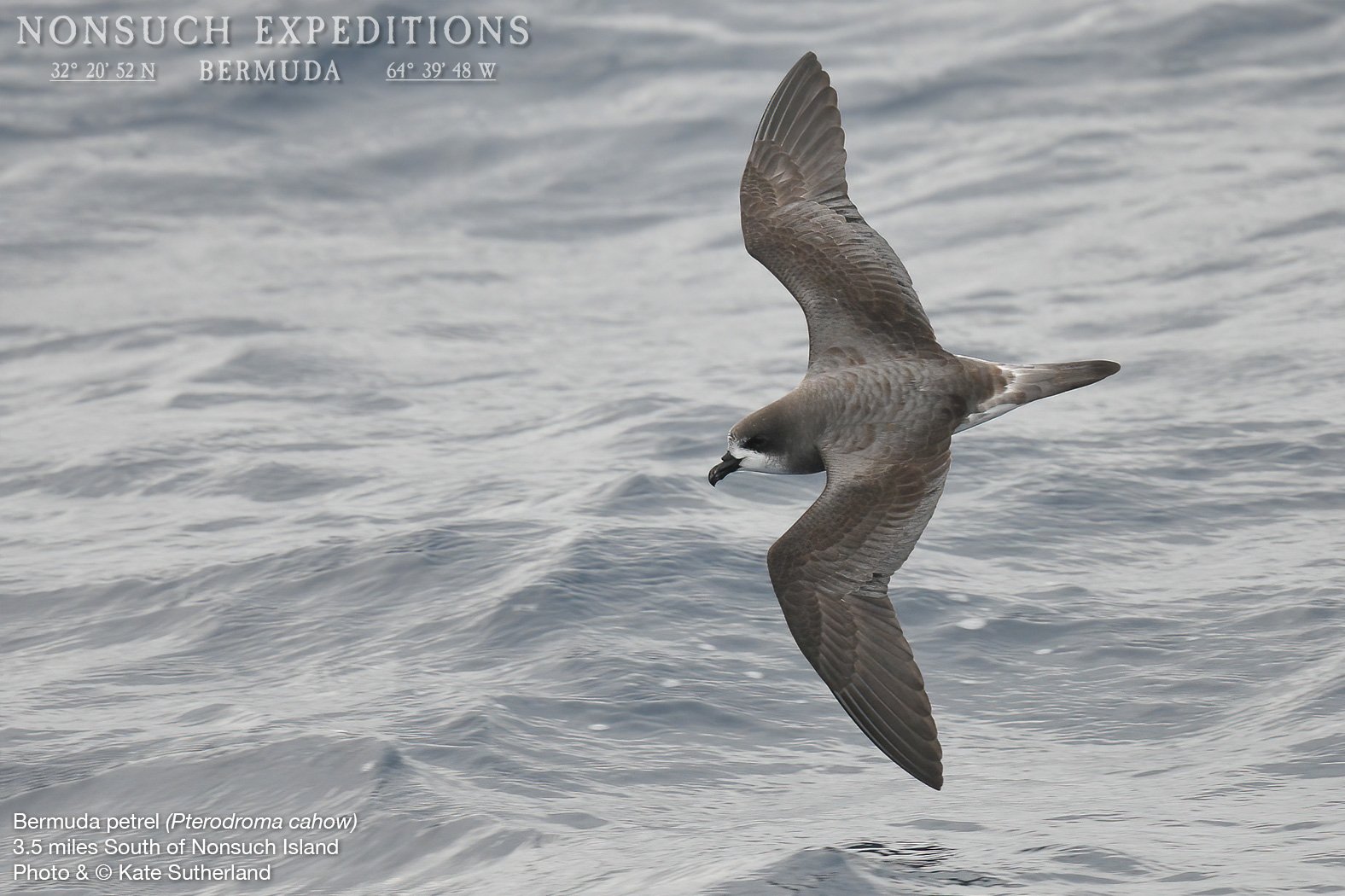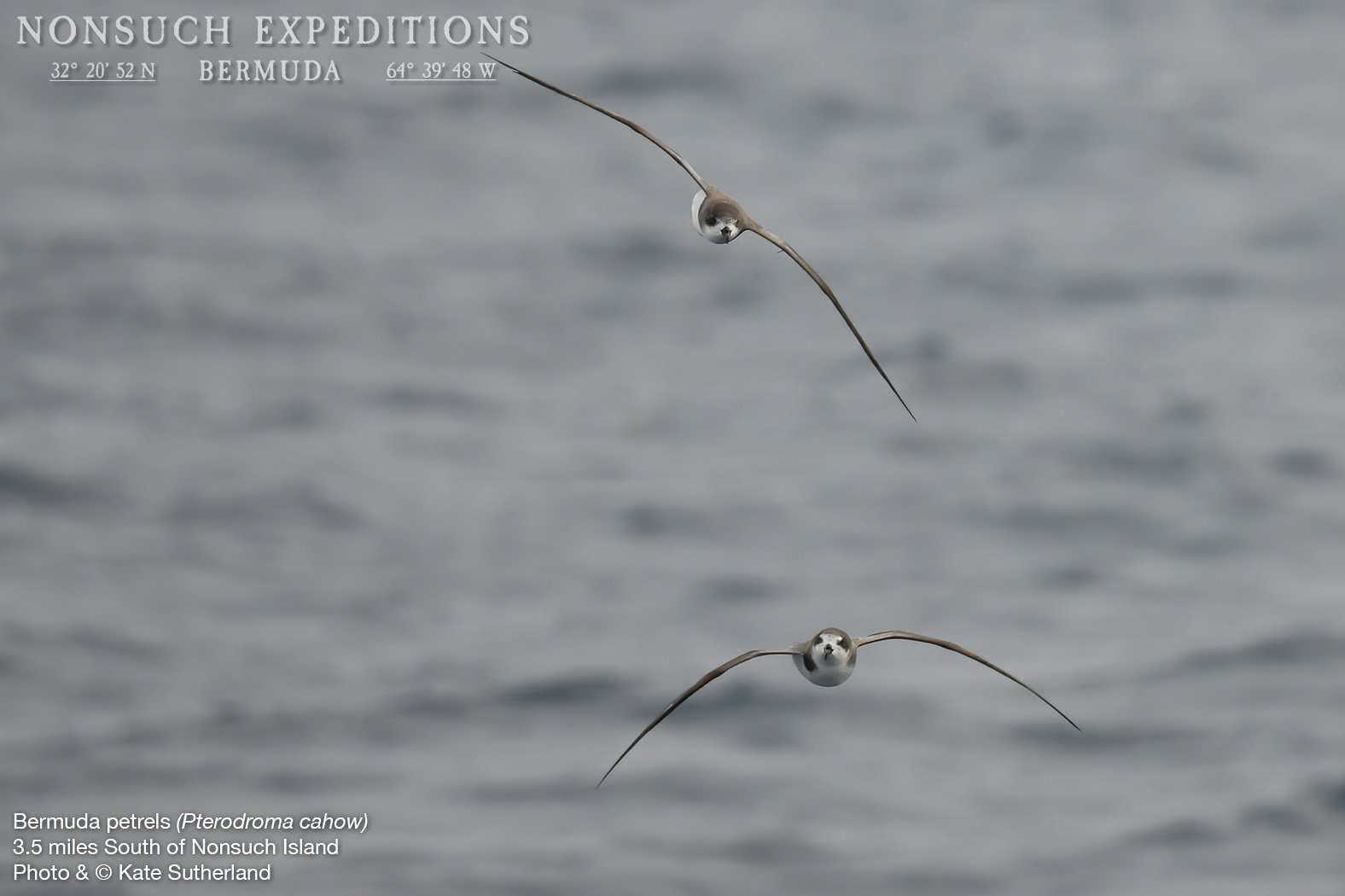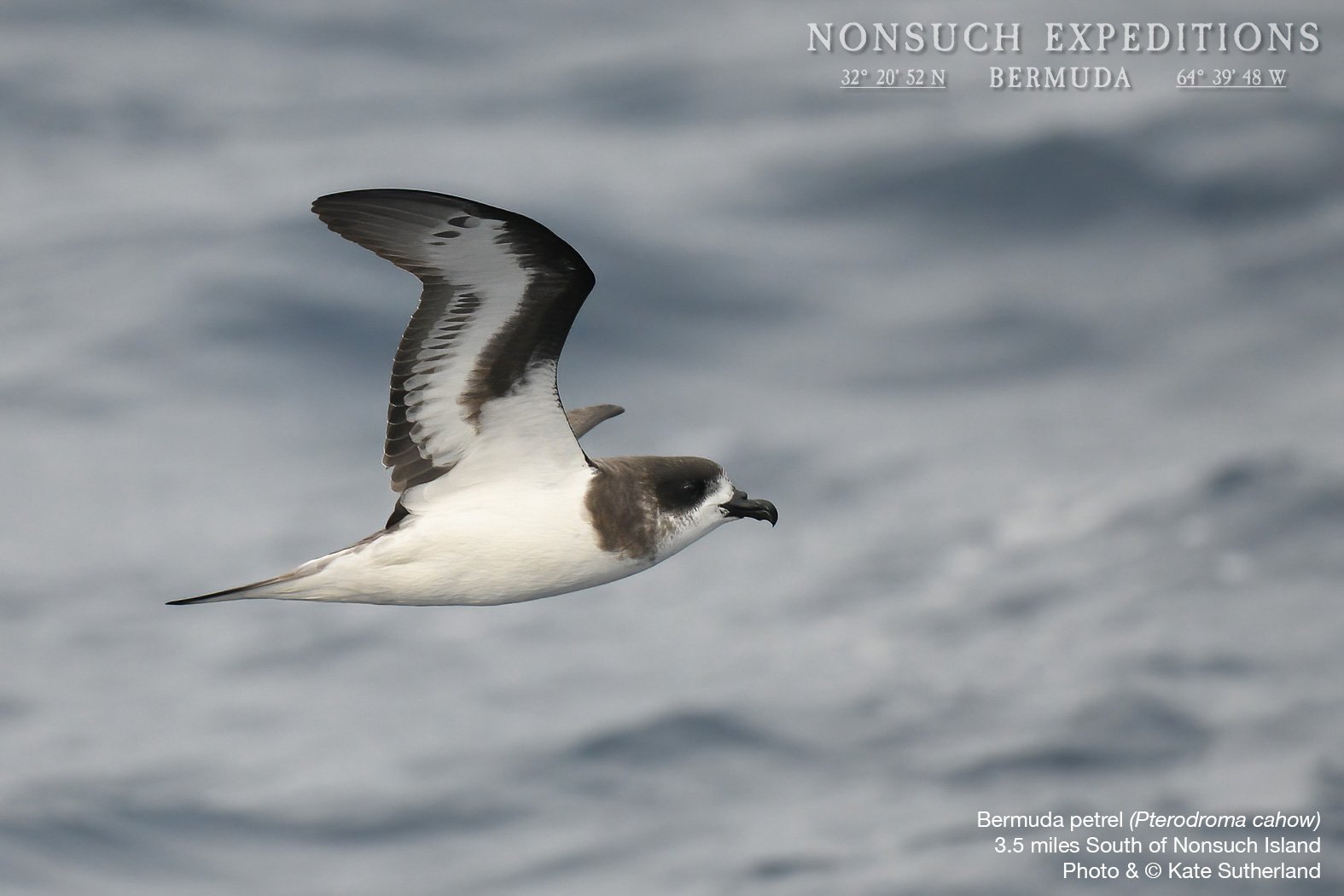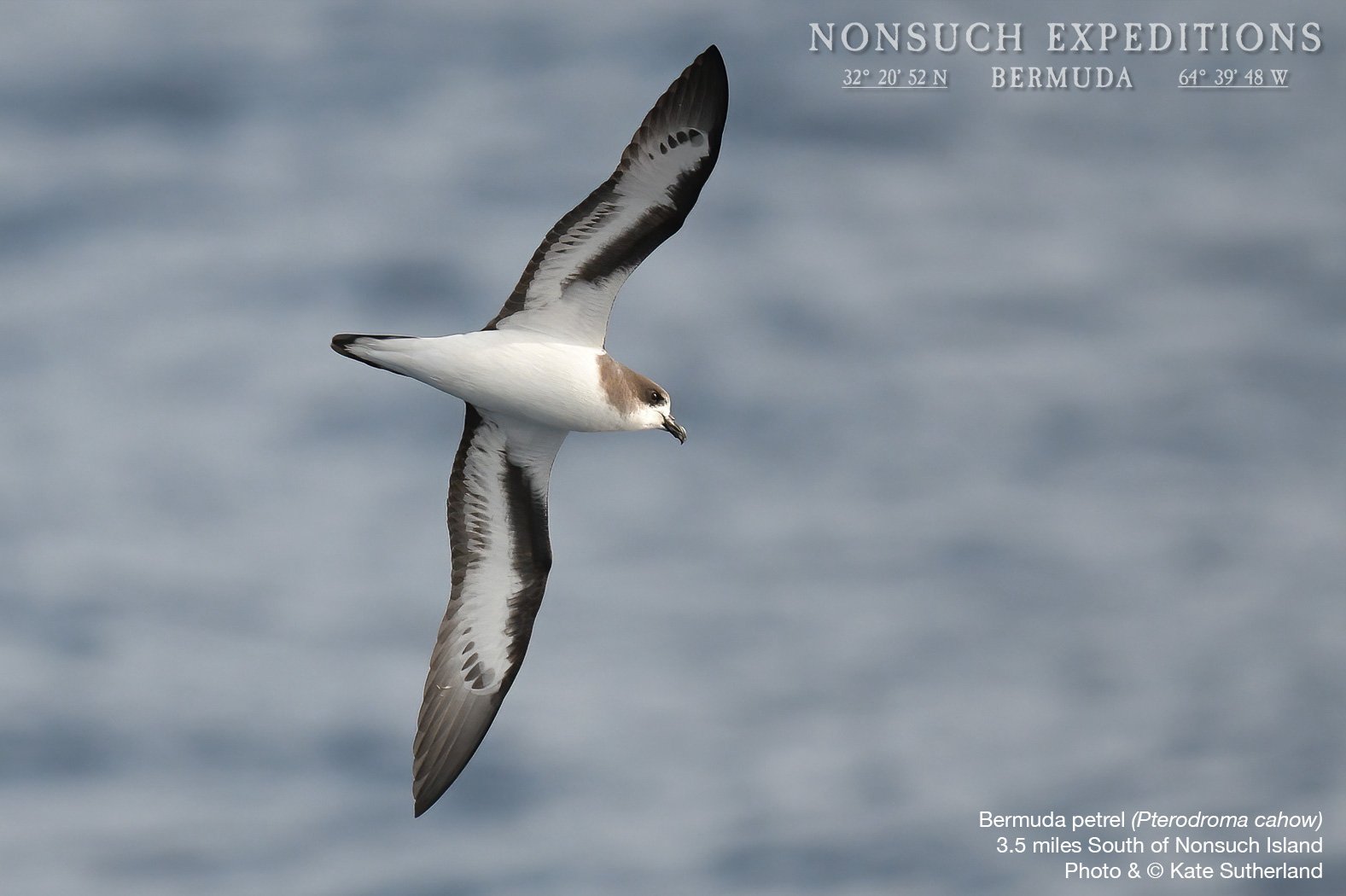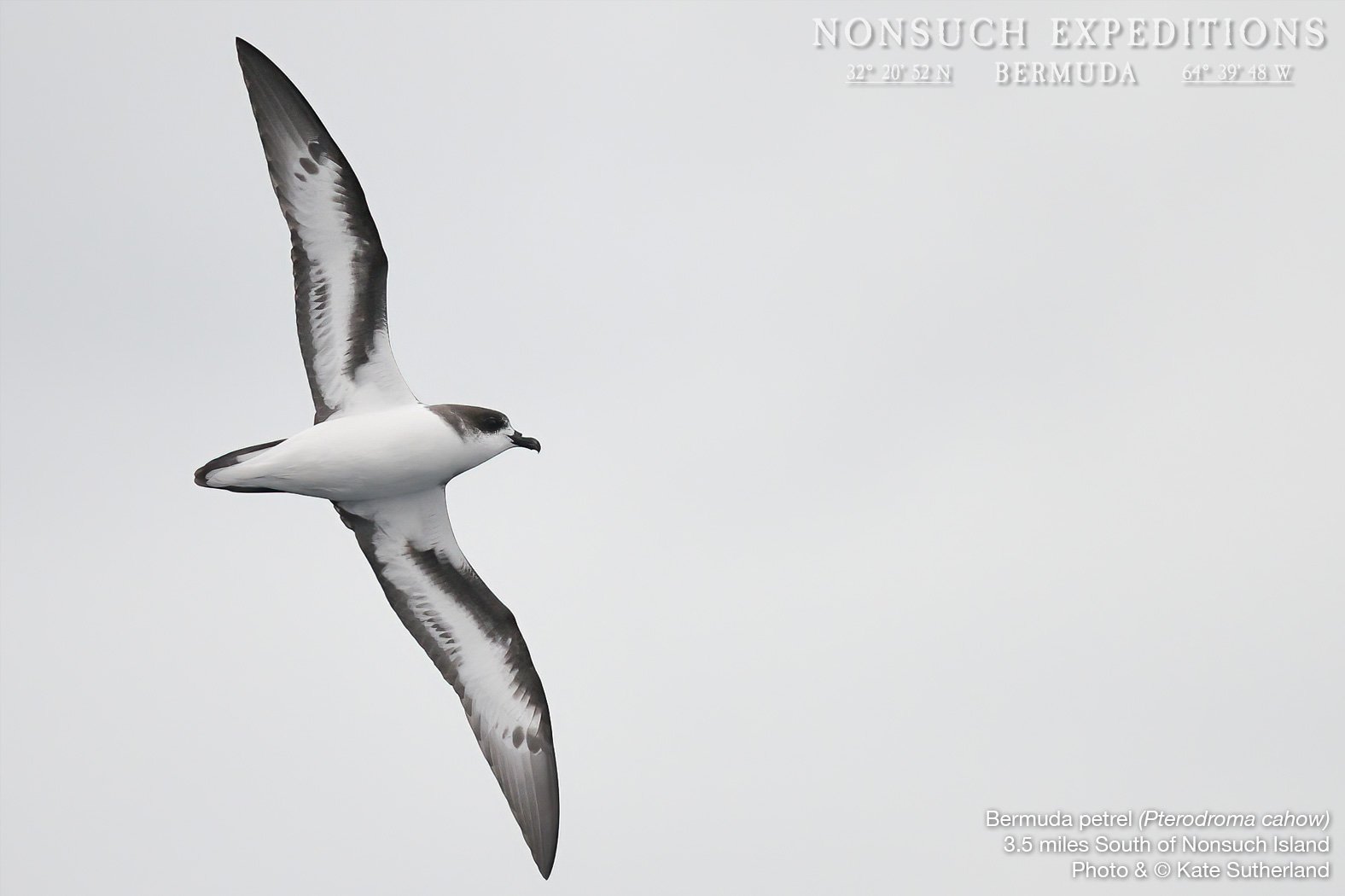UPDATE : March 5th 2023 The BBNJ agreement has been finalized!!! - This is the first international agreement on the ocean since the UN Convention on the Law of the Sea was signed in 1982. It is the first internationally legally binding instrument for the high seas. "The ship has reached the shore," BBNJ President Rena Lee said after a marathon 38 hours of talks concluded on Saturday. A resumed meeting will be convened to adopt the final text at a date to be announced.
ORIGINAL ARTICLE: The high seas, vast open ocean ecosystems located miles from land, are inaccessible to most people due to their remoteness. However, they are fundamental in supporting all life on Earth – producing the oxygen for every second breath we take, acting as reservoirs for biodiversity including great whales and pelagic fish, as well as mitigating the effects of climate change by absorbing excess heat and sequestering carbon.
The only way that many people will ever get to visit these fascinating ecosystems is through images. Nonsuch Expeditions founder and Sargasso Sea ambassador JP Rouja collaborates with the Sargasso Sea Commission to bring awareness to the often-overlooked world of the high seas.
The Sargasso Sea is a two-million square mile open ocean ecosystem, bounded by the circulating currents of the North Atlantic Gyre. The foundation of this incredible pelagic ecosystem is the floating, golden Sargassum seaweed for which the sea is named. As well as supporting ten fascinating endemic species, Sargassum acts as critical nursery habitat for many species of pelagic fish and several species of sea turtle. The Sargasso Sea is the only known spawning area for two species of endangered anguillid eel – which transition from marine breeding grounds to freshwater feeding grounds. It also acts as a migratory corridor for several species of sharks, rays, and cetaceans. The Sargasso Sea is threatened by various pressures – including impacts from shipping, fishing, plastic and other pollutants, and climate change.
Bermuda is the only land mass in the Sargasso Sea, and we are lucky enough to be able to observe evidence of this incredible ecosystem on our own shores – by looking through Sargassum that washes up.
In the above pictures, you can see typical examples of Sargassum rafting communities, bursting with life. Various fish and invertebrates make their home within the floating algae on the high seas, including the Sargassum swimming crab, a fearsome hunter that can use its paddle-like legs to swim back to Sargassum if it becomes separated from it. Also pictured is perhaps the most iconic Sargassum endemic, the Sargassum frogfish, an ambush predator capable of crawling around on the algae with its prehensile fins. The background is taken up by a mass of flying fish eggs – these strange fish make nests in Sargassum and attach their eggs to the algae with sticky filaments.
However, this thriving community, like so many high seas ecosystems, is under threat.
Located in areas beyond national jurisdiction (ABNJ), the high seas are not owned by any one country – they belong to everyone, but lack of effective regulations has turned them in to a ‘tragedy of the commons’ – where anyone can fish them, transit through them, and extract resources, and differing capacities to access the high seas means that only select countries benefit from what is meant to be ‘the common heritage of mankind.’
The UN Convention on the Law of the Sea (UNCLOS) provides a framework for the governance of areas beyond national jurisdiction (ABNJ) based on two legal regimes:
the seabed located beyond the continental shelf, the resources of which are governed by the International Seabed Authority as part of the ‘Common Heritage of Mankind’
the water column above the seabed, that is governed by the principle of ‘Freedom of the High seas’ – giving all states liberty to navigate through and fish high seas waters, among other freedoms.
The existing legal framework has been described as an “unfinished agenda” – at the moment, the governance of the high seas is achieved through a patchwork of regional and sectoral organisations, which leaves many governance gaps.
How can this system be improved? An internationally legally binding treaty.
The BBNJ agreement
UPDATE : March 5th 2023 the BBNJ talks have succeeded!
At the end of today (March 3, 2023), negotiations on the first internationally binding treaty for the high seas will conclude in New York. Discussions on an instrument under the United Nations Convention on the Law of the Sea (UNCLOS) on the conservation and sustainable use of marine biological diversity of areas beyond national jurisdiction (BBNJ) have been going on for over a decade. After the treaty failed to reach the finish line at a previous session in August 2022, it is hoped that delegates will be able to conclude a strong high seas treaty now, in what has been described as a “once in a lifetime” chance to finally protect the high seas.
The BBNJ agreement will for the first time provide a more holistic governance system for ocean areas beyond national jurisdiction – it will create a Conference of the Parties for the high seas, among other reforms.
There are five main areas of negotiation within the agreement:
Area-based management tools (ABMTs) including Marine Protected Areas (MPAs)
Environmental impact assessment (EIAs)
Marine genetic resources (MGRs)
Capacity-building and the transfer of marine technology (CB&TMT)
· Cross-cutting issues (CCI)
For in depth discussions of the issues being debated, check out coverage by Earth News Bulletin and the SARGADOM project.
How can the Sargasso Sea be protected?
For over a decade, the Sargasso Sea initiative - led by the government of Bermuda - has acted as the Steward of the Sargasso Sea and worked to keep its health, productivity, and resilience under review, as well as to develop safeguard measures for its conservation.
The Sargasso Sea Commission was established in 2014 by the signing of the Hamilton Declaration on Collaboration for the Conservation of the Sargasso Sea. It is a unique institution as Commissioners are appointed primarily according to their scientific and technical expertise, and serve in their personal capacity rather than being representatives of the Signatory Governments.
The Commission is appointed by the Government of Bermuda with the support of the ten Government Signatories of the Hamilton Declaration – the Azores, the Bahamas, Bermuda, British Virgin Islands, Canada, Cayman Islands, the Dominican Republic, the Principality of Monaco, the United Kingdom and the United States.
The Commission is the recipient of two separate but complementary grants, one from the French Facility for Global Environment and one from the the Global Environment Facility, which will enable the Commission to improve knowledge of the Sargasso Sea ecosystem and work with stakeholders to create a plan for the conservation and stewardship of the area, which will be fundamentally shaped by the outcome of the BBNJ agreement.
As the Honourable Minister Walter Roban, Deputy Premier of the Bermuda Government said at the 2022 UN Ocean Conference, “though we often feel as if they belong to no one, the high seas are the responsibility of everyone.” Finalising the BBNJ agreement will open up new ways to conserve the Sargasso Sea. Let’s hope that delegates today keep at the forefront of their minds the ecosystem services high seas areas provide, yes - but also the inherent ecological value, the magic, the beauty, of these spaces.
Written by Fae Sapsford - Marine Research Fellow for the Sargasso Sea Commission


